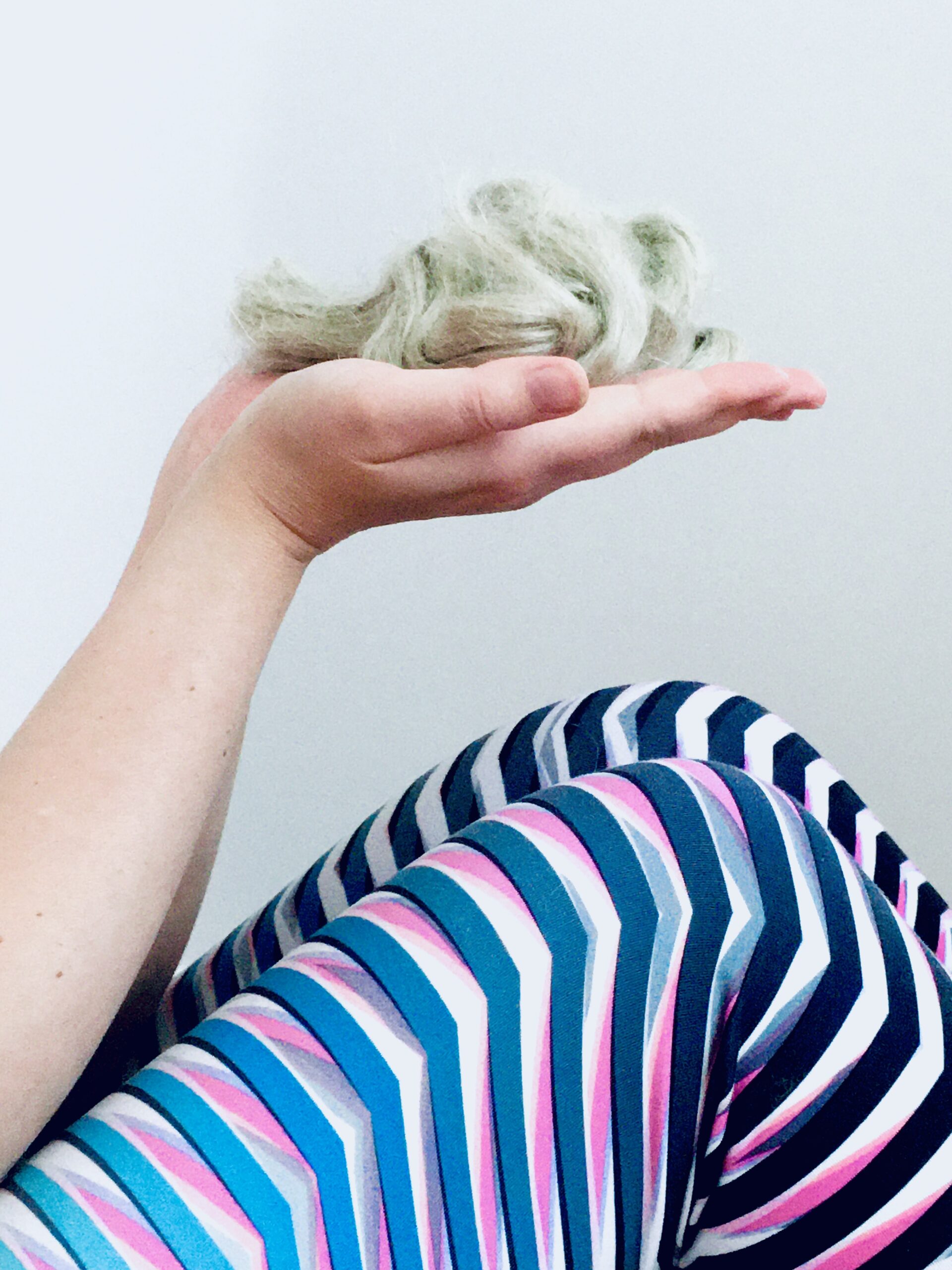
What does modern athleisure share in common with textiles made from the ancient natural fibers produced in the Fibershed? Textile sustainability pioneer Reed McLaren of The Sustainable Garment explains the underlying nature and how to nurture this contemporary fabric in the final installment of her series that seeks to uncover the long lost tools and practices that help us better care for the clothes we own.
I gravitate towards garments made of exquisite natural materials such as linen, cashmere, silk and long staple cottons. When I wear them I love to ponder their innate ability to interact so beautifully with our bodies, but I am also fascinated by our modern athleisure; activewear garments made of synthetic fabric that, at first glance, appear to live on the opposite side of the spectrum.
I also can’t help but wonder what Head Butler and author Stanley Ager, who guided us in my first article on the proper use of the garment brush, would have to say about this casual look taking over our modern wardrobe. Aesthetics aside, I believe he would agree that there is nothing casual about a fabric that is specially engineered to quickly channel and evaporate moisture, all while providing exceptional support, stretch and recovery.
The inspiration for these garments comes from nature and our warm weather love affair with cotton and linen, fibers that are prized for their ability to soak up sweat and help keep us cool.

But these fibers are also known for holding on to that moisture for a long time, which can be less than desirable. While linen does a better job than cotton at evaporation, it can’t compete with synthetic fibers which are naturally moisture resistant. So how to capitalize and build on the qualities of nature? The surface of these garments are often treated with a moisture-loving finishing agent that, like cotton and linen, makes it capable of pulling the sweat away from our skin. Unable to penetrate the fibers, the moisture is channeled through multiple layers of knit to disperse and ultimately evaporate. And so the advanced moisture-wicking phenomenon is born.
More than 5 years ago I invested in two good quality pairs of activewear pants that I can wear to the studio and then throw a cashmere sweater or linen tunic over to run errands, a blending of the wardrobe that is the epitome of athleisure style. Despite regular wear and use, I have not needed to retire either pair. How have I managed to hang on to these items, which many would have felt the need to replace long before now? I consider the unique qualities and needs of the garment when it comes time to clean:
Washing on cold or cool and turning the garment inside out before placing it in a delicate garment bag helps to protect the smooth surface from unnecessary abrasion. Steering clear of fabric softeners, whether in liquid form in the wash, or in the not so obvious form of dryer sheets, is crucial as softeners can coat the treated surface and clog the layers of the fabric. Fibers that shed in the wash from other garments, such as cotton or fleece, can also get captured in the garment, so these items get washed separately. To effectively deodorize and provide a natural softening effect, while simultaneously helping keep both lights and colors nice and bright, the use of vinegar in the rinse cycle does absolute wonders. And avoiding the dryer, the key to extending the life of many garments, has especially helped to maintain the integrity of the spandex fibers, which are particularly vulnerable to heat and can break down over time.
With these practices in place and the special needs of the garment met, I know that I may look forward to many more wearing sessions both in, and out, of the studio.
Reed McLaren is available for consultations, workshops, presentations, and collaborations of all kinds via contact at reedmclaren@thesustainablegarment.com. Learn more about Reed by visiting The Sustainable Garment or follow her on instagram @thesustainablegarment.
